There is a multitude of places to launch your reef adventure, and a range of ways to see the kaleidoscopic spectacle, from diving and exploring by sailboat to a scenic flight or leisurely wander along the coastline of a coral-fringed island.
- World Heritage Listed Ningaloo Reef :
Explore 5,000 square kilometres of untouched coral gardens snorkelling or diving the largest and most accessible fringing reef on Earth – home to one of Australia’s top 10 dive sites, Navy Pier.In this World Heritage listed wonderland, you’ll encounter turtles, mantra rays, whale sharks, 500 species of fish and more than 300 varieties of coral.Check out the Ningaloo Reef and its many gateways including Exmouth, Coral Bay, Gnaraloo, Red Bluff and Carnarvon.
- Abrolhos Islands :
With over 19 shipwrecks in its waters, including the celebrated Batavia, visitors to the Abrolhos Islands can expect some of the finest diving and snorkelling in Australia.Coral and fish abound in a rainbow of colour.
- Rottnest Island :
Great caves and ledges abound in Roe Reef at Rottnest, which has a limestone reef bottom covered in spongy and honeycomb corals.Oodles of wrasse, harlequin, fox fish and fiddler sharks make this a haven for diving and snorkelling.
- Marmion Marine Park :
This pristine marine park is a diving and snorkelling paradise. Large schools of fish frantically feed on the reefs, which are littered with ledges, caves and swim-throughs. Crystal-clear lagoons abound here.
- Busselton Jetty :
Busselton, an icon of the South West, has an abundance of marine life clinging to the jetty pylons, making this an ideal snorkelling spot. With quality reefs close to shore and endless fish and corals, this is widely regarded as one of the greatest artificial dives in the southern hemisphere.
- Uepi Island, Solomon Islands :
Sharks off the coast of Uepi Island. Located off the northeast coast of Australia, Uepi Island is a tiny barrier reef, covered in rainforest. It’s only a mile and a half long and 600 meters wide. With the Marovo Lagoon (the largest of its kind in the world) on one side and a deep ocean abyss on the other, it’s got a lot to offer to both snorkeler and divers. For the former, stick to the shallow, warm waters of the lagoon.
- Fernando de Noronha, Brazil:
The fact that this archipelago off the Brazilian coast is a UNESCO World Heritage Site is both a pro and a con. The downside is that you’ll have to pay an environmental preservation fee upon arrival. The upside is that that money goes to making sure the amazing location stays beautiful.Once you’re there, you’ll realize it’s worth paying twice as much: the warm waters are so clear, visibility reaches 50 meters. Fernando de Noronha was once used as a prison, but you’re sure to find snorkeling there a liberating and thrilling experience.
- Laughing Bird Caye, Belize :
Laughing Bird Caye National Park is microscopic compared to an American park like Yellowstone or Yosemite; it covers just 1.414 acres of land and water. But what it lacks in size it more than makes up for in beauty.Snorkeling on Belize’s barrier reef, you can explore coral gardens and offshore caves where pelicans and brown boobies nest. In seagrass beds and among mangrove roots, you’ll find tropical fish, sea turtles and sting rays.
- Anegada, British Virgin Islands :
Where the Caribbean Sea and the Atlantic Ocean meet, you’ll find Anegada, the island composed of an exposed coral reef that reaches just 28 feet above sea level. An offshore line of reefs forms a shallow lagoon, perfect for snorkeling.A famed flamingo and sea turtle habitat, Anegada also offers mojarras, needlefish and mantis shrimp.
10. Bonaire, Antilles :
Bonaire is widely hailed as one of the world’s premiere diving locations (the license plates say “Divers’ Paradise”), and the snorkeling is fantastic as well. The Bonaire National Marine Park does great work to keep the area pristine and thriving.For a $10 snorkeling fee that’s good for a year, you’ll be swimming through the coral reef that surrounds the island, coming face to face with the fish and seahorses that make their homes there.
– Pratiksha Trivedi



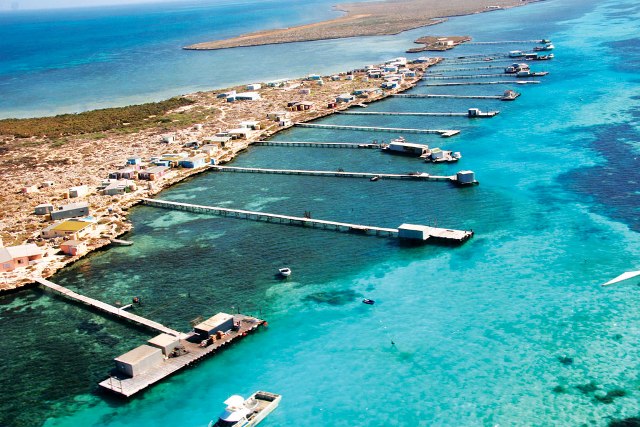
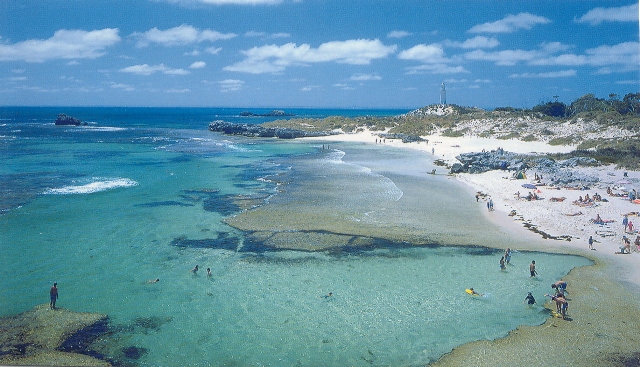
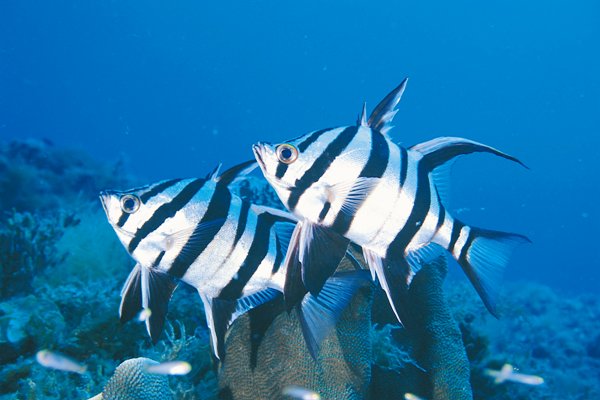


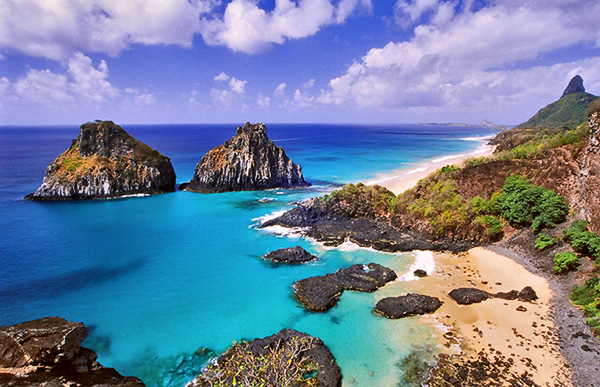

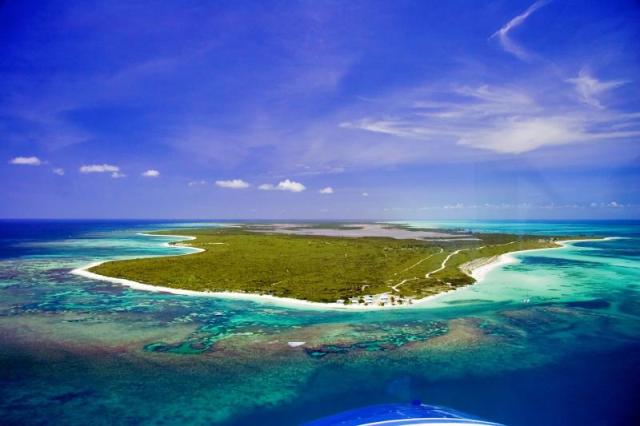
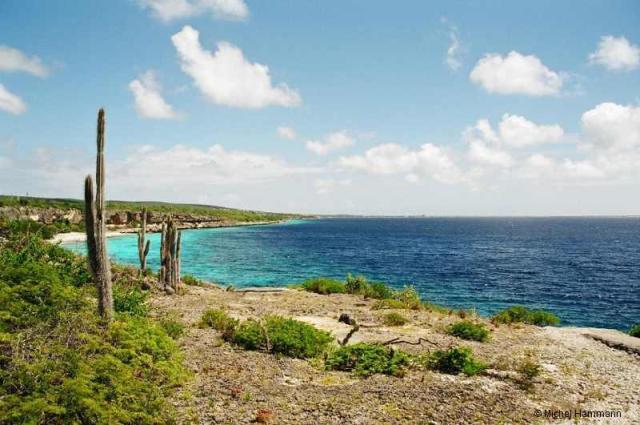

0 Comments